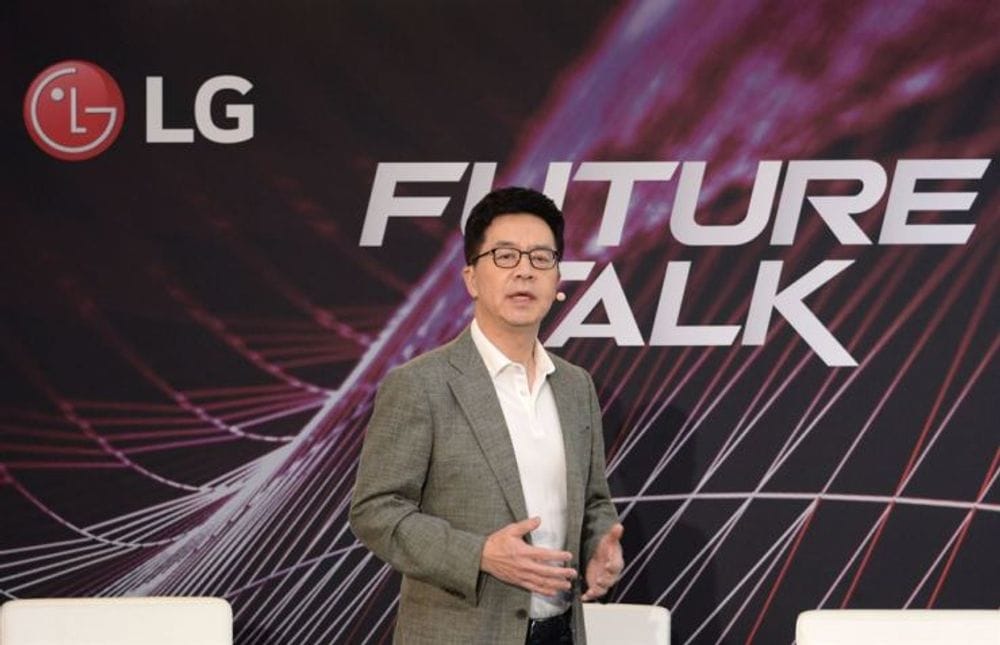Michigan Resident Builds Homemade Fiber, Latest Innovations from LG, 2020 Internet Speeds Declined
January 13, 2021– Jared Mauch works as a senior network architect in rural Michigan and lacked good broadband at home. When Mauch first moved into his home in 2002, he believed that an internet service provider would eventually wire and connect his house with fiber or cable, but it never happened. A
Derek Shumway

January 13, 2021– Jared Mauch works as a senior network architect in rural Michigan and lacked good broadband at home.
When Mauch first moved into his home in 2002, he believed that an internet service provider would eventually wire and connect his house with fiber or cable, but it never happened. At one point, his internet provider Comcast told him it would cost $50,000 to connect his home to the network.
About four years ago, Mauch planned and built his own homemade provider that now offers fiber-to-the-home broadband where he lives. The system has five miles of installed fiber and Mauch has signed up about 70 percent of potential customers since.
The name of Mauch’s company is Washtenaw Fiber Properties LLC, and it’s registered as a competitive access provider with the Michigan state government. Although Mauch’s fiber company is technical a phone company, it solely provides internet service.
Originally, Mauch estimated his fiber project would cost $60,000, but it has since doubled. A stop-work order from the county was also handed down due to a lack of stakes installed along the right of way.
The COVID-19 pandemic has boosted Mauch’s fiber construction plans as there was less road traffic and people stayed at home more. This helped local residents realize the importance of having good broadband access.
Thanks to word of mouth and Facebook pages, Mauch’s fiber service has a long list of anxious customers wanting broadband in their homes. “They’ve got a lake that has about 180 homes around it,” Mauch said. “I’m currently talking with them about basically repeating my project with them at a larger scale.” “I have another about 150 people who have contacted me,” Mauch said.
Mauch realizes the desperation people have to get access to broadband, but still plans to keep his fulltime job as a senior network architect. In the meantime, he hopes to expand his working knowledge of fiber with other contractors and towns to duplicate his knowledge so others may continue his work.
LG’s CTO I.P. Park talks about company’s tech in development
President and CTO of LG Electronics I.P. Park spoke about the latest innovations coming from LG during the Consumer Technology Association’s 54th annual all-digital Consumer Electronics Show.
According to Park, LG is revisiting its LG PuriCare Wearable Air Purifier face mask. This face mask is battery powered and operates dual fans on the inside filtering air for the wearer.
The COVID-19 pandemic has brought about issues with facial recognition technology, as face masks make identifying individuals difficult. Park said LG is continuing to develop its facial recognition technology so that it still determines a person’s identity while wearing a face mask.
Smart thermo cameras are further being developed for the purpose of being able to automatically scan people and read their body temperature, so a human won’t have to manually check each person’s temperature.
Park also said that LG wants to expand robotic integrations towards fighting COVID-19. This includes Ultraviolet light robots that would automatically drive around rooms and halls to disinfect and kill germs with a UV light.
Park stated that particular areas experiencing explosive growth due to the COVID-19 pandemic are in online retail and delivery transactions. “Unmanned delivery chains are every [person’s] dream,” he said. LG desires to fulfill this dream by eventually rolling out fully automatic door-to-door delivery systems for the indoors and outdoors.
According to Park, enhancing LG’s online ThinQ app using augmented reality and evolving the internet of things to more products than ever, including cars, are major goals for LG.
A recap of internet performance during the 2020 pandemic
The global coronavirus pandemic has caused many to reflect on how well the internet performed in 2020 under the never-ending strain of social distancing, closed schools, and work-from-home circumstances.
In its 2020 internet performance report, Speedtest, a company dedicated to testing the speed and performance of internet connections, measured the median download speed of G20 countries and saw that mobile speeds dipped in many countries in the spring of 2020.
Australia, Canada, France, Italy, Saudi Arabia, South Korea, Spain and Turkey experienced declines in speed during the spring, just as the pandemic was gearing into full swing. China started its decline in speed a bit earlier in February while Japan experienced its decline later in June and July.
Speedtest found that Argentina, Brazil, Indonesia, Russia and the United Kingdom showed only very minor decreases, while surprisingly, speeds in Germany, Mexico, South Africa and the United States remained unchanged and even increased.
The most relieving news is that overall, while mobile speeds decreased in the spring, fixed broadband speeds in every G20 country improved by December 2020 to higher levels than the start of 2020.










Member discussion